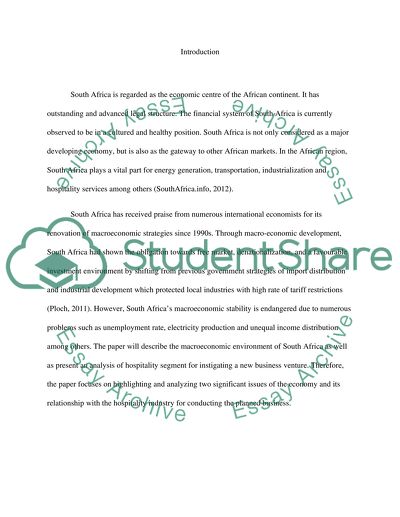Cite this document
(“Macroeconomic Analysis of South Africa Research Paper”, n.d.)
Retrieved from https://studentshare.org/macro-microeconomics/1396529-macroeconomic-analysis-of-south-africa
Retrieved from https://studentshare.org/macro-microeconomics/1396529-macroeconomic-analysis-of-south-africa
(Macroeconomic Analysis of South Africa Research Paper)
https://studentshare.org/macro-microeconomics/1396529-macroeconomic-analysis-of-south-africa.
https://studentshare.org/macro-microeconomics/1396529-macroeconomic-analysis-of-south-africa.
“Macroeconomic Analysis of South Africa Research Paper”, n.d. https://studentshare.org/macro-microeconomics/1396529-macroeconomic-analysis-of-south-africa.


